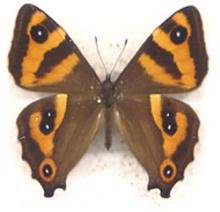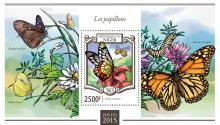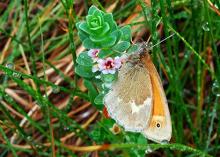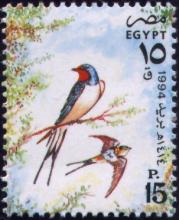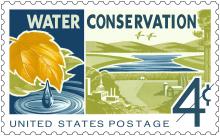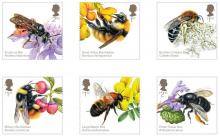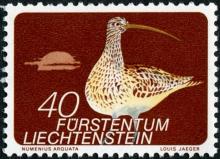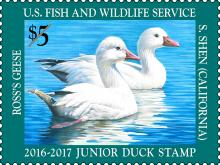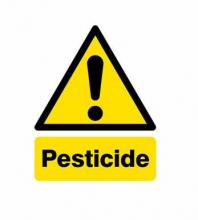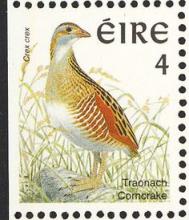The Forest ringlet, NZ's only forest butterfly faces extinction
The elegant native butterfly, the forest ringlet or Dodonidia helmsii, is on the brink of extinction, experts claim. Up until the 1970s, forest ringlet butterflies were found throughout New Zealand districts, ranges and regional parks. However, over the last few decades it has experienced a major decline in both numbers and distribution.

